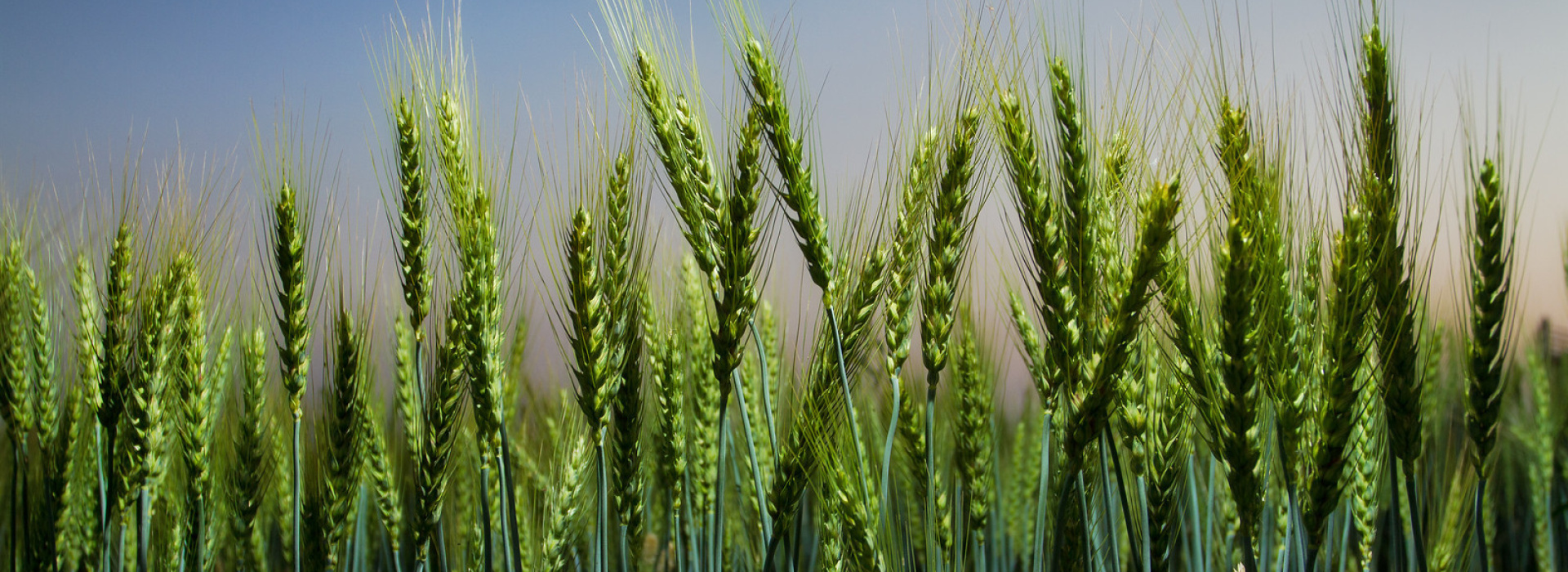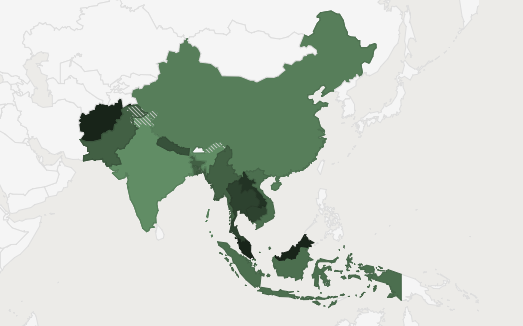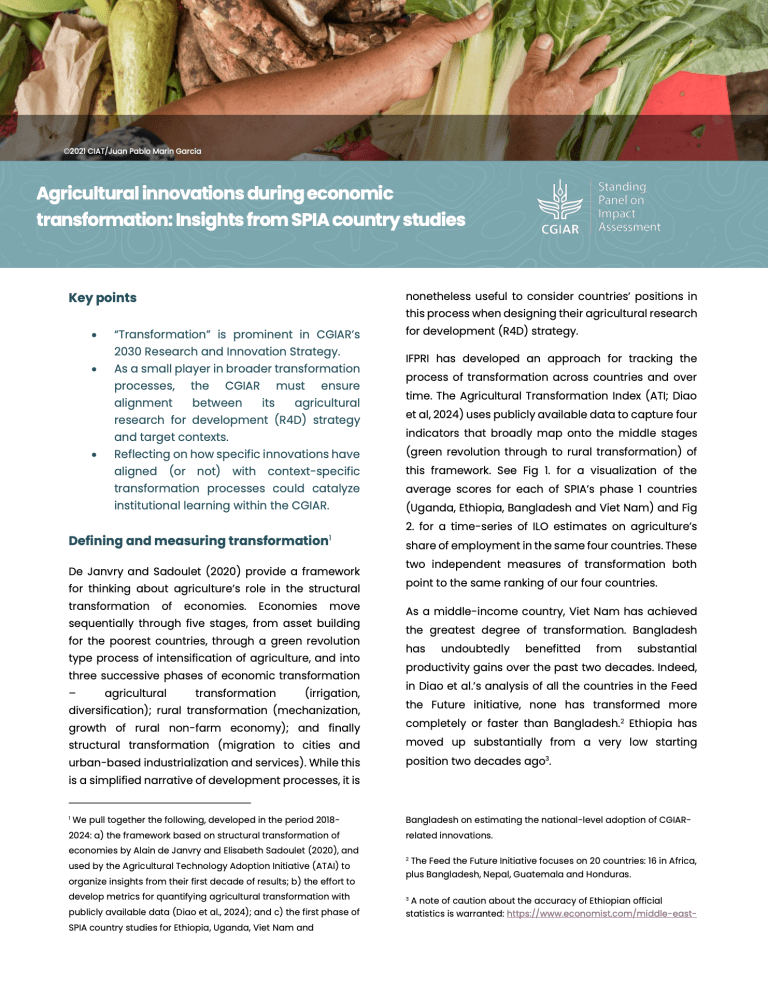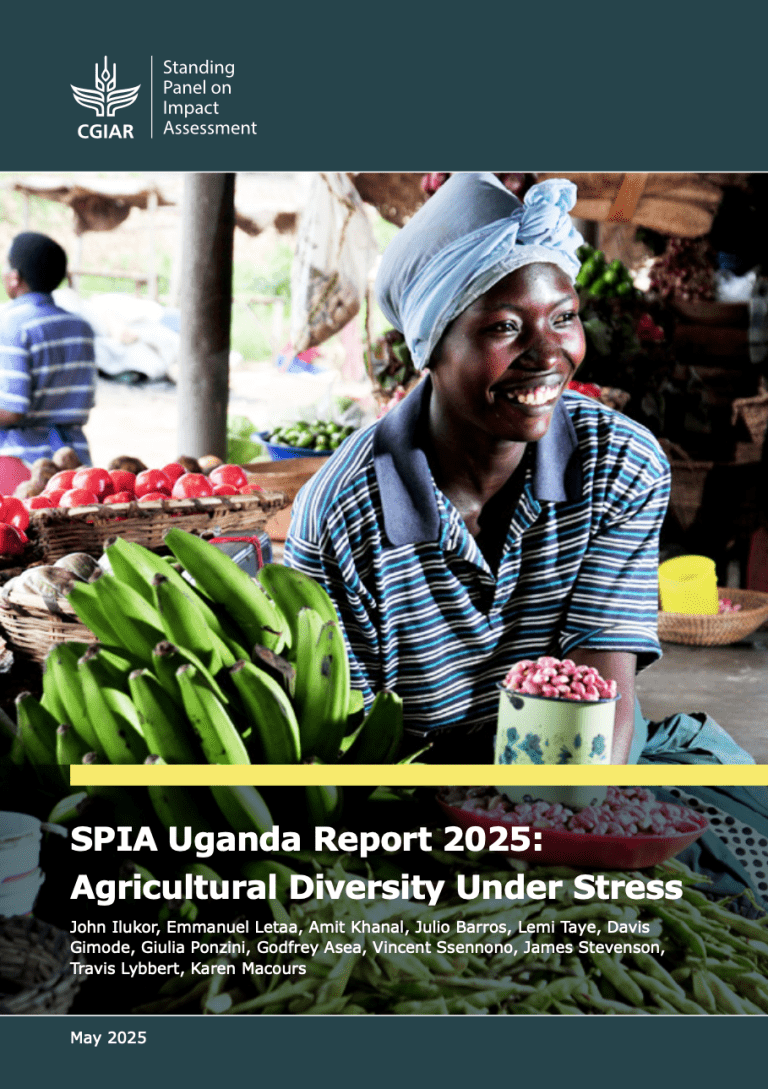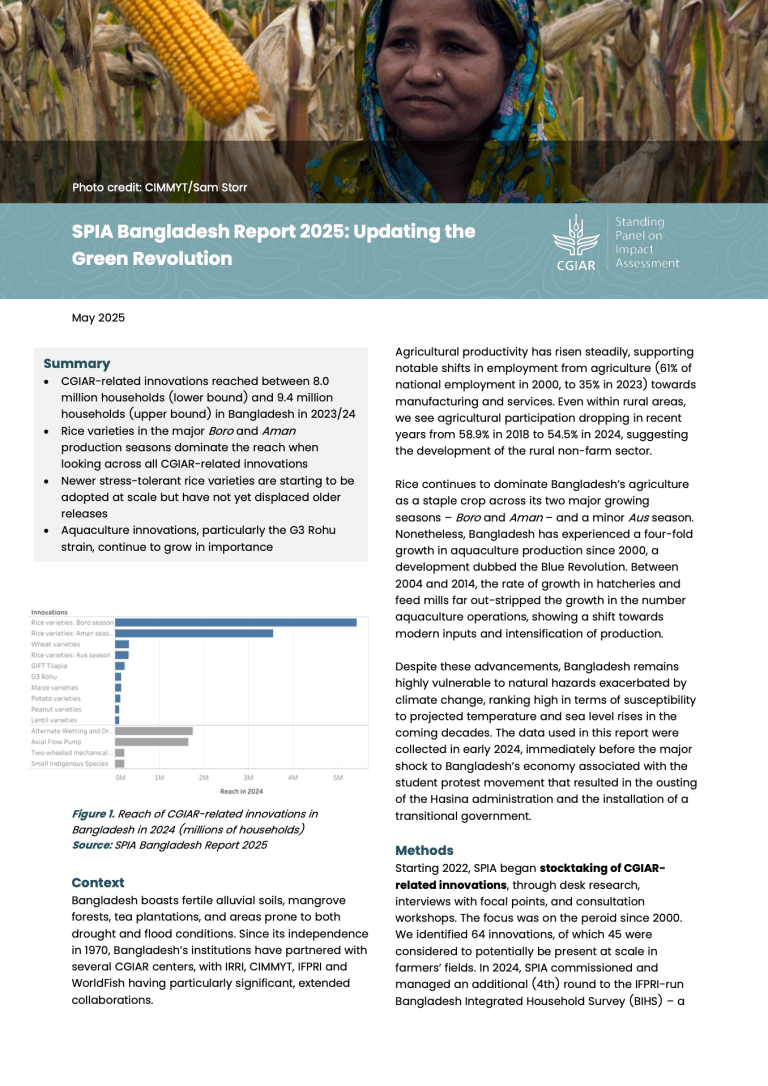The Metrics from Which All Else Follows…?
The breeding and dissemination of improved crop varieties has been a central feature of CGIAR research since the earliest days of the Green Revolution. In an era in which aid dollars invested in agricultural research are subject to ever-closer scrutiny regarding value for money, it is hard to think of more important ‘results’ on which CGIAR needs data than a) the release by individual governments of improved varieties developed by CGIAR breeding programs, and b) the subsequent adoption by farmers (or lack thereof) of these varieties. Ideally, such data would be abundant to the extent that CGIAR could use information to document impacts (see - 'Two Blades of Grass: The Impact of the Green Revolution') and to inform varietal development and delivery efforts. While we are far from realizing this vision, large-scale data collection efforts such as were carried out by Michigan State University with a number of CGIAR centers and their national partners for the Strengthening Impact Assessment in the CGAR (SIAC) are an essential step.
The newly released database comprises varietal release and adoption estimates for eleven CGIAR mandated crops for 15 countries across South, South-East and East Asia, representing 134 combinations of crop by country. Systematizing the data collection on varietal releases might be considered to be essential house-keeping by CGIAR, and can be done at relatively low cost by CGIAR Centers working with their National Agricultural Research System (NARS) partners. However, there is a huge jump from having an updated varietal release list for each crop-country combination, to having valid estimates of adoption across the agricultural area of the country. Collecting data on adoption comprises two particular challenges – representativeness of the data (across geographic space) and valid identification of the varieties (distinguishing one variety from another).
It Wasn’t Always This Hard
In the early days of the Green Revolution, semi-dwarf varieties of wheat and rice, bred by scientists working for the nascent CIMMYT and IRRI, spread rapidly through the irrigated wheat and rice production systems of several Asian countries, as highlighted by the first comprehensive review of adoption carried out by Dana Dalrymple in 1978. The adoption of these improved varieties represented a very significant shift, from the traditional tall-standing varieties that put much of their energy into vertical growth (and therefore relatively less into the production of grain), to shorter plants that had a much higher yield of grain per unit area. The improved varieties were immediately noticeable to the naked eye - they looked different.
While the initial improved varieties from the CGIAR were easy to identify in the field, improved varieties from other crops were often less visibly distinct. Perhaps more importantly, further improvements on secondary target traits for breeding built on the original high-yielding varieties. This has led to a situation where identifying varieties in the field is very difficult, not only new generations of improved varieties compared to older generations of improved varieties, but also between improved varieties and landraces.
This process of diversification of breeding effort across crops and across traits poses a deep challenge to the process of understanding the adoption of new varieties in farmers’ fields. And yet, reliable data on adoption of improved varieties has long been recognized as the cornerstone of any assessment of the impact of investments in plant breeding. Adoption data have always been scarce, and yet obtaining such data has in some important ways become harder over the course of the last few decades. Breeders rely on genetic analyses—DNA fingerprinting—to reliably identify varieties, but until recently costs of doing this at scale in farmers fields were prohibitive. That is beginning to change. DNA fingerprinting of samples from farmers’ fields can, in principle, reveal the true identity of varieties being grown if large surveys are conducted that are representative of the major geographies. A number of recent papers – see here and here, for example – have highlighted how farmers and experts are not always able to reliably identify varieties. However, while the use of these frontier methods for adoption data collection is the direction for the future, the data collected here using expert opinion estimation and, in some cases, household surveys, nonetheless represents an important resource for researchers, despite lingering concerns about possible measurement errors. By using the same methodology as the TRIVSA and DIIVA projects, but with gaps being filled that had not been addressed in those projects, we now have covered a very large majority of the most relevant crop-country combinations for CGIAR over the period 2009 – 2015. With thanks to all those who contributed to the SIAC adoption data collection – your efforts are much appreciated.
Take a look at the database: https://www.asti.cgiar.org/siac
